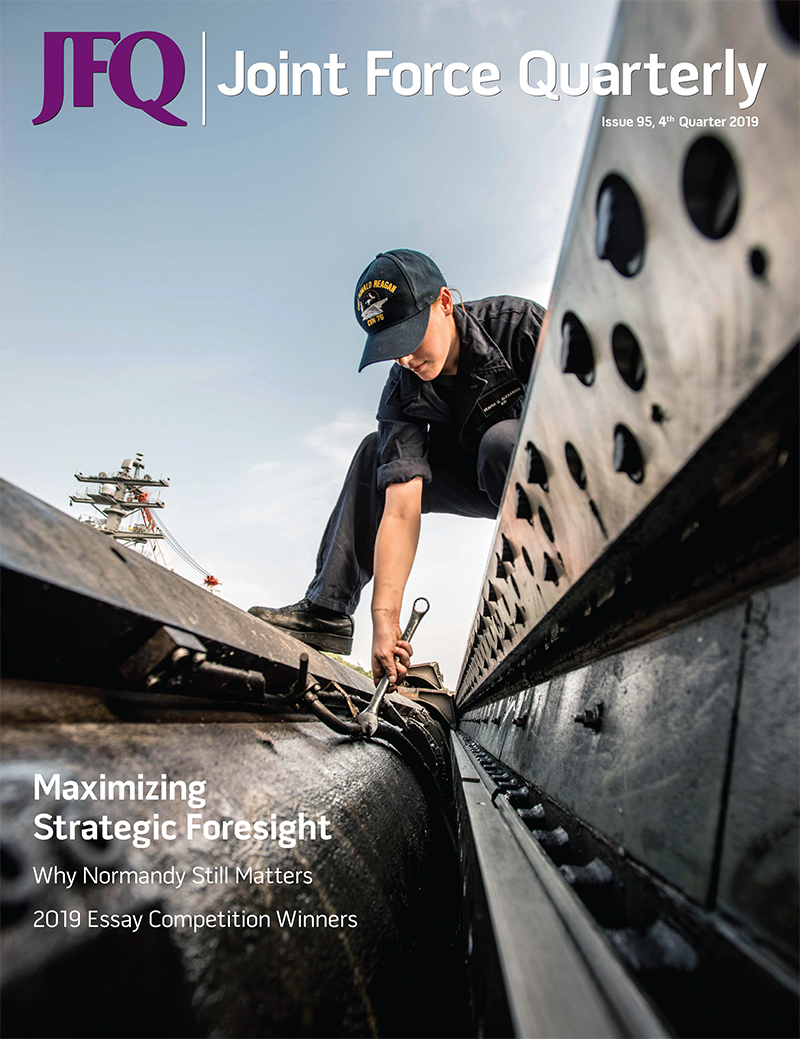Praveen Swami
Everything had been planned with military precision, down to the last detail — bar one: Someone had forgotten that Lieutenant-General Khwaja Ziauddin would need a fourth star on his uniform when he took his place as Pakistan's next army chief. Then-prime minister Nawaz Sharif, though, wasn't about to let a pip undo his plans. The prime minister's military secretary, Brigadier Javed Malik, gallantly tore a star off his own uniform, and handed it over to the newly-appointed army chief.
Late that evening, though, General Pervez Musharraf flew back to Pakistan and staged a coup. Ziauddin was relieved of his new rank at gunpoint. Malik never got his pip back. Nawaz went to prison, and then exile.
From his hospital bed in London, the former prime minister will be watching television with some satisfaction. Tuesday's extraordinary orders by Pakistan's Supreme Court, suspending now-army chief General Qamar Bajwa's three-year term until it can hear the case, mark an historic challenge to military supremacy in Pakistan — one that could open the way for prime ministers to pin pips on whom they wish.
Behind the courtroom drama, though, there is a larger struggle playing out. Evicted from office by Bajwa, and then imprisoned, to enable the rise of Prime Minister Imran Khan's proxy-for-the-generals government, Nawaz is once again being seen as a credible partner by actors in the military opposed to Bajwa.



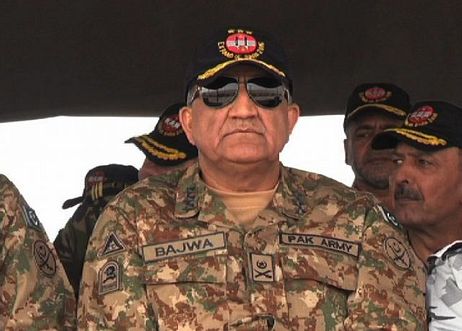





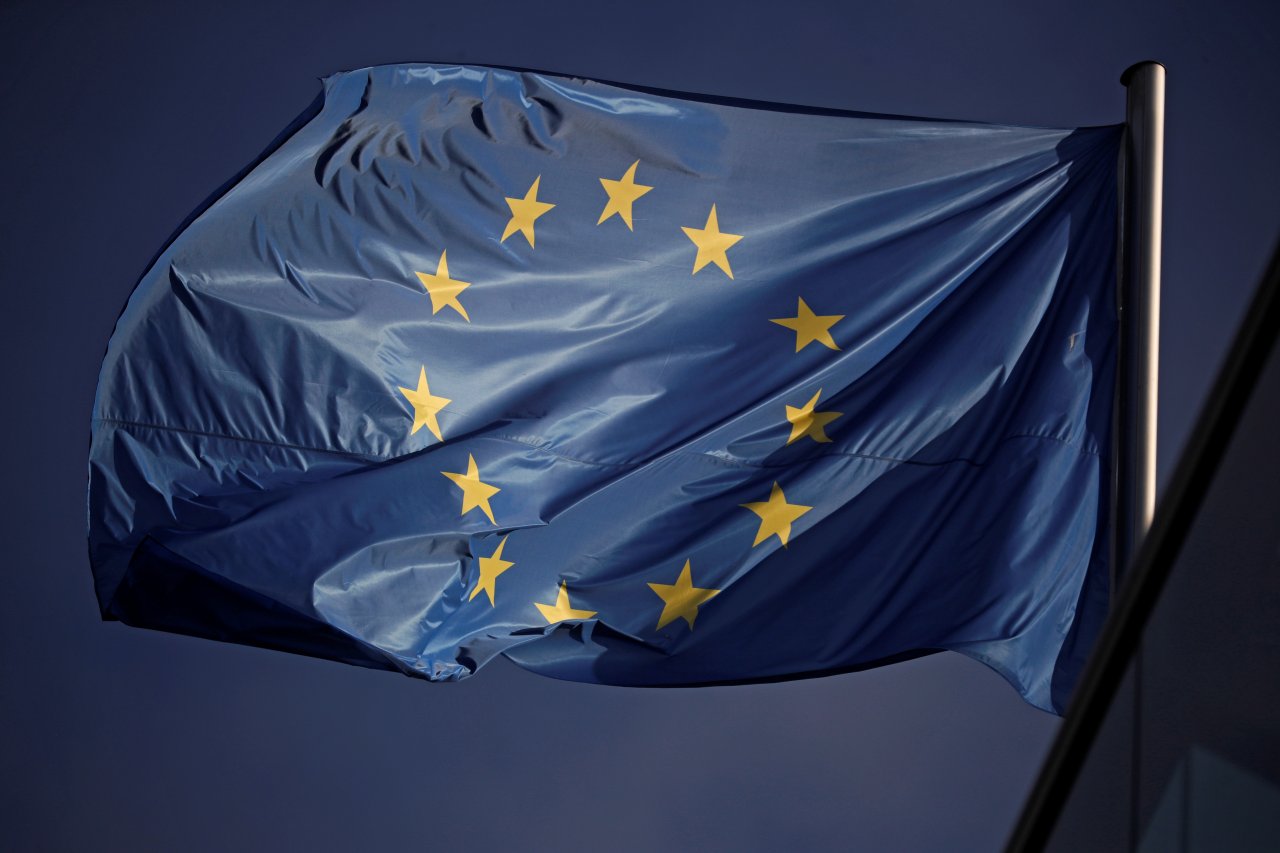
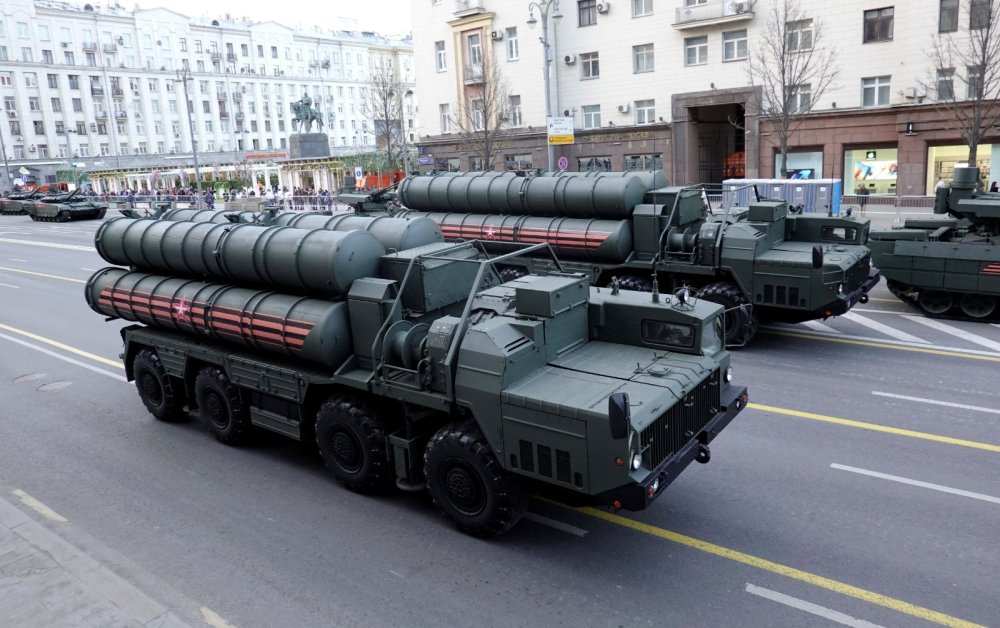

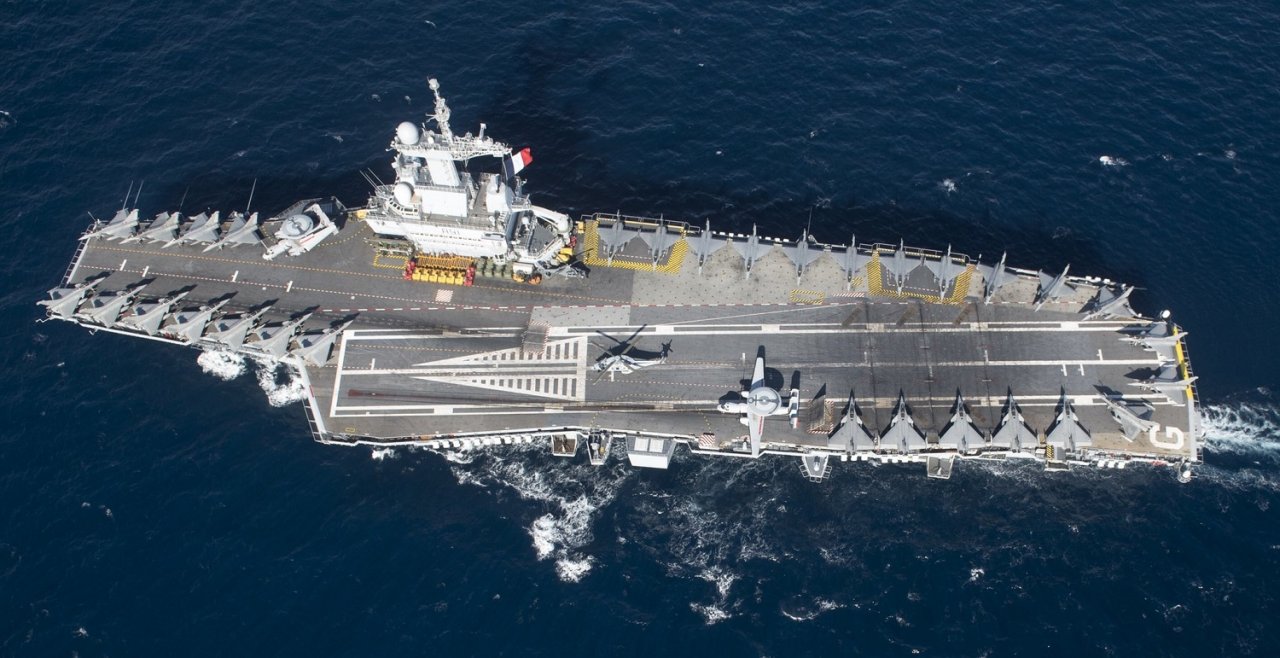
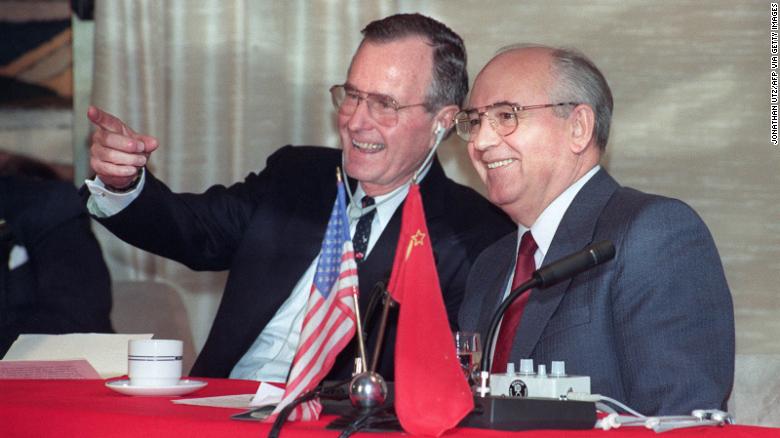




/arc-anglerfish-arc2-prod-mco.s3.amazonaws.com/public/TS6LNZ65QFFZ7KVWYJAL26LG64.jpg)
